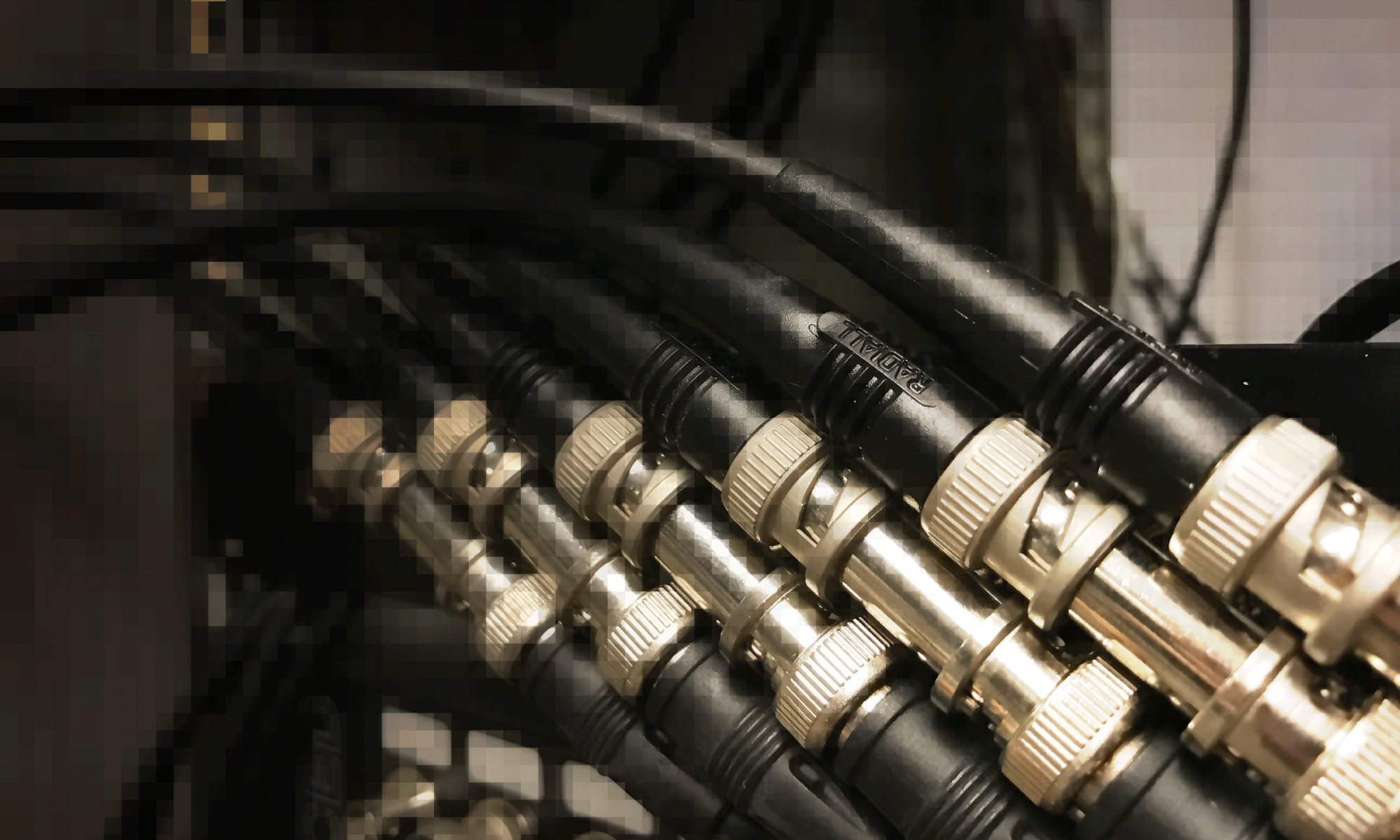What we do
In the laboratory “Neural Basis of Sensorimotor Control” we study brain circuitry mechanisms for voluntary movement control and sensory processing that involves the arm and hand. These are central functions of the brain, around which many fundamental principles of brain function are built. A thorough understanding of how the brain solves these tasks can give us substantial pieces of knowledge to the puzzle of how the brain works.
The function of controlling voluntary movement and sensory processing is distributed across a wide set of brain regions including the neocortex, the cerebellum, the brain stem and the spinal cord, which are all richly activated during any aspect of voluntary movement and sensory perception. In fact, the functions of movement control and sensory processing are highly dependent on each other, and the underlying circuitry features a huge network of tightly interconnected neurons. This design leads to the consequence that disease in one part of the brain will inevitably affect the function of the others and that many of the effects of the disease can be partly compensated for by the network. Furthermore, many diseases will result in widespread imbalances in the global network activity, and the cure or alleviation of the symptoms could potentially be found in the correction of these imbalances.
Apart from the larger contribution to the understanding of how the brain works, there are two major outputs of this research.
One is about understanding how the function of the brain circuitry is altered by different movement-related disease processes, such as stroke and Parkinson’s disease. Since neural systems involved in movement control are tightly interconnected, disease in one part of the brain leads to consequential, sometimes compensatory, reactions in other parts. Since the brain circuitry is highly plastic, also in adult life, these reactions will lead to changes in the properties in these connected parts of the brain circuitry that can become emented, which may inhibit recovery. An important key to cure or alleviate the symptoms of these diseases therefore lies in understanding these global changes in the brain circuitry.
A second output is the discovery of new computational principles, that could be applied in computer systems or different types of process control. In the global network of the brain, there are multiple examples of local neuronal microcircuitry, which carries out specific types of computations. The function of the brain is essentially the sum of these computations. Using our detailed insights into how the brain circuitry is organized, both globally and locally, makes it possible to describe brain function at a computational level.
